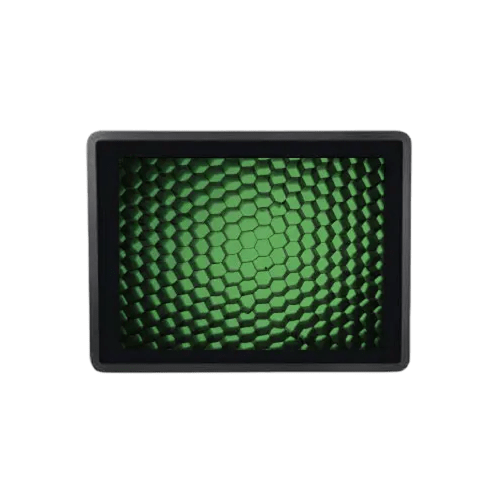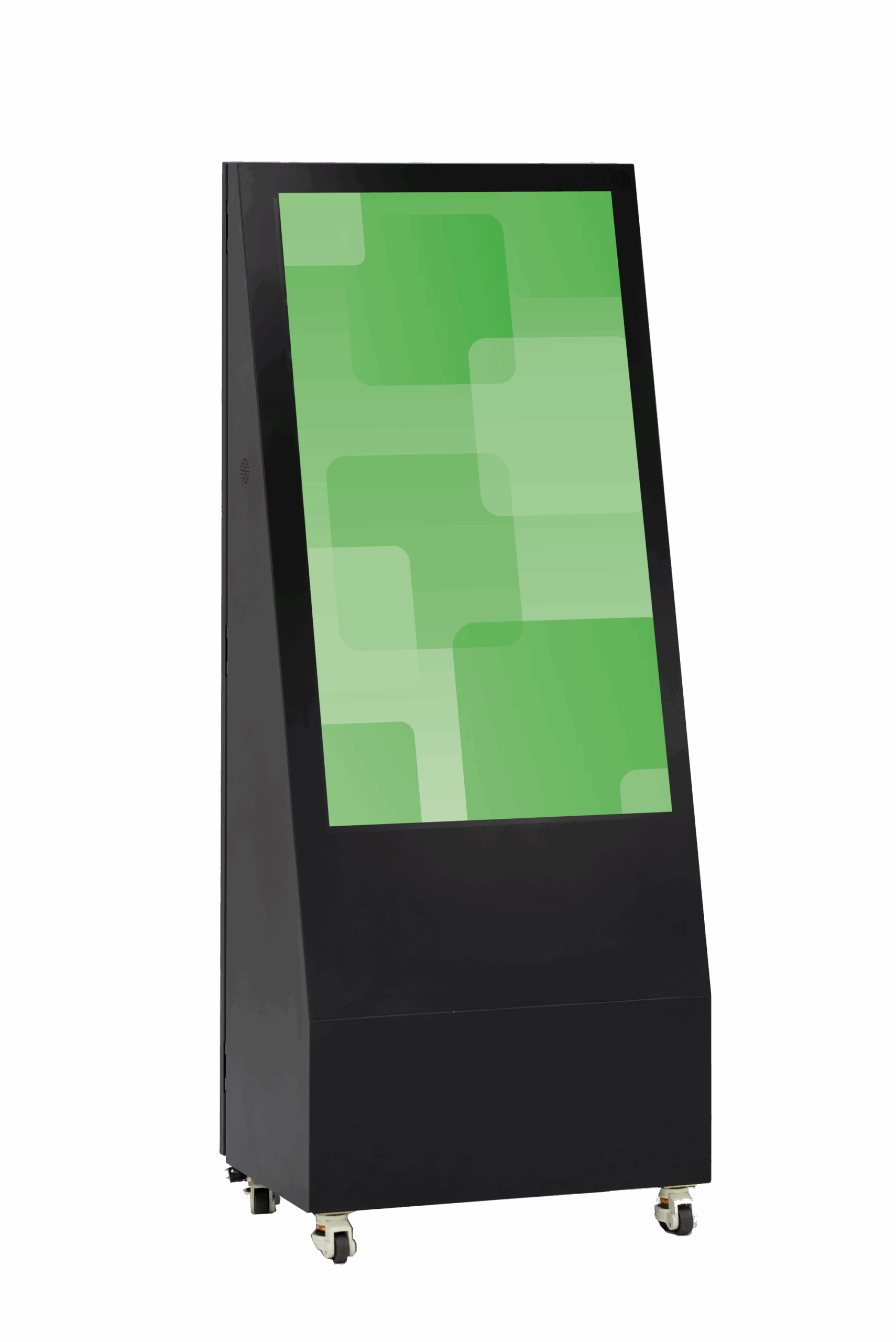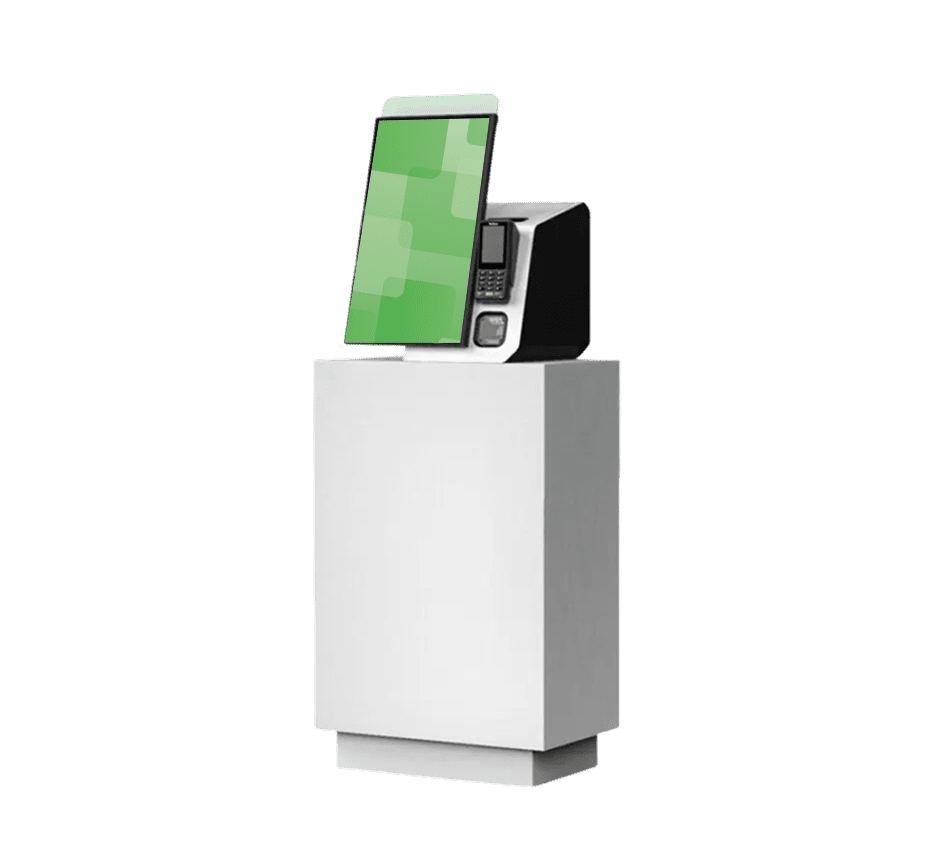Interactive Digital Smart Mirror Solutions
MetroClick Digital Mirror Solutions transform retail spaces into interactive showcases that help customers visualize products while increasing brand awareness, customer engagement, and sales value through immersive try-on experiences and product exploration.

Let customers see themselves with your products instantly
Interactive touchscreen mirrors enable shoppers to view themselves alongside product offerings, variations, colors, and sizes while exploring complete online catalogs for increased product awareness and customer retention in fashion, cosmetics, and retail environments.
Boost engagement with immersive try-on experiences
Magic mirror technology allows customers to virtually try products while browsing full product suites, leading to pronounced increases in customer engagement, retention, and average transaction values across retail applications.
Custom sizes available for any retail environment
Standard sizes from 27″ to 65″ available, with custom sizing options to meet specific business needs for hospitality, spas, pop-up exhibitions, or permanent retail installations with flexible kiosk configurations.
Trusted by industry leaders to power better customer experiences
Small Format Illuminated Mirror (27"-32")
Perfect for cosmetics and spa applications. Ideal for hospitality venues and beauty retail, enabling customers to view product and service offerings interactively while seeing themselves in high-quality illuminated displays.
Technical Specifications:
- Display: 27″-32″ illuminated touchscreen mirror with product visualization
- Applications: Hospitality, spas, cosmetics, beauty retail environments
- Features: Interactive product browsing, service offerings display
- Installation: Wall-mounted or countertop configurations available
- Customization: Custom sizing available to meet specific requirements
- Integration: Product catalog integration for complete offering display


Touchscreen Mirror (43"-55")
Optimal for fashion and apparel retail. Designed for clothing and accessory stores, allowing customers to try products virtually while exploring complete product variations, colors, styles, and sizes for enhanced shopping experiences.
Technical Specifications:
- Display: 43″-55″ touchscreen mirror with virtual try-on capability
- Applications: Fashion, apparel, accessory retail environments
- Features: Virtual product try-on, style variations, color options, sizing
- Benefits: Increased brand awareness, enhanced customer engagement
- Installation: Fitting room or showroom floor configurations
- Customization: Custom sizing and branding options available
Mirror Kiosk (65"+ Custom Sizes)
Large-scale solution for events and permanent installations. Built for pop-up exhibitions, event merchandising, and in-store solutions where customers can view themselves with products while accessing complete online merchandise catalogs.
Technical Specifications:
- Display: 65″ or custom-sized touchscreen mirror with full catalog access
- Applications: Pop-up exhibitions, events, permanent retail installations
- Features: Complete online catalog integration, virtual try-on capability
- Installation: Freestanding kiosk or custom-mounted configurations
- Flexibility: Portable for events or permanent installation options
- Customization: Fully customizable sizing and branding to match requirements

Other hardware options

Small Format Kiosks

Large Format Kiosks

Transactional Kiosks
More Information
Smart Mirror Technology Transforming Customer Experiences
Smart mirror technology revolutionizes retail and commercial spaces through interactive displays that combine traditional mirror functionality with digital capabilities. These smart mirrors integrate touchscreen interfaces with reflective surfaces, creating engagement platforms that deliver personalized content while maintaining practical mirror use. Modern smart mirror solutions address consumer demands for interactive experiences, enabling virtual try-ons, product visualization, and seamless information access through intuitive touch controls that achieve engagement rates exceeding 70% in retail environments.
Interactive Mirror Display Architecture
Professional smart mirror deployments utilize commercial-grade LCD panels with 700+ nit brightness for optimal visibility through two-way mirror coatings. Touchscreen mirror systems employ projected capacitive or infrared detection technology, enabling responsive multi-touch interactions. These smart mirrors support gesture recognition and proximity sensors, with integration capabilities for cameras, speakers, and payment systems to create comprehensive interactive experiences.
Magic Mirror Retail Applications
Magic mirror retail installations transform shopping experiences through virtual product visualization and personalized recommendations. Fashion retailers leverage smart mirrors for virtual outfit coordination, while beauty stores enable virtual makeup trials. Smart mirror analytics track customer interactions, providing valuable insights about preferences and behaviors that inform merchandising strategies and drive 30-40% increases in items considered per session.
Industry-Specific Smart Mirror Solutions
Different sectors leverage smart mirror technology to address unique operational challenges and enhance customer engagement. Healthcare facilities deploy smart mirrors for patient education and wayfinding assistance, while hospitality venues install interactive mirrors in guest rooms for concierge services access. Corporate environments utilize smart mirrors for dynamic information display and collaboration. Each smart mirror implementation requires customization to meet specific industry requirements and brand aesthetics.
Smart Mirror ROI and Performance
Organizations typically achieve smart mirror ROI within 12-18 months through combined revenue enhancement and operational efficiency. Interactive mirrors increase average transaction values through effective cross-selling while reducing staff workload by automating routine inquiries. Smart mirror deployments generate comprehensive analytics about customer interactions, with performance dashboards tracking engagement patterns, dwell time, and conversion attribution to demonstrate measurable business impact.
Advanced Smart Mirror Capabilities
Emerging smart mirror technologies incorporate artificial intelligence for enhanced personalization and voice-enabled interactions. Augmented reality capabilities create immersive product visualizations, while mobile integration allows sessions to continue on personal devices. Cloud-based content management platforms enable remote updates across distributed smart mirror networks, ensuring synchronized messaging and real-time inventory display. As technology advances, smart mirror implementations deliver increasingly sophisticated experiences while maintaining intuitive operation for users of all technical abilities.
MetroClick’s smart mirror solutions combine proven hardware with flexible software platforms tailored to specific business requirements. Professional installation ensures optimal positioning and configuration, with comprehensive support services maintaining performance throughout deployment lifecycles. Transform your customer experience with custom smart mirror designs that enhance engagement and drive measurable business results.














